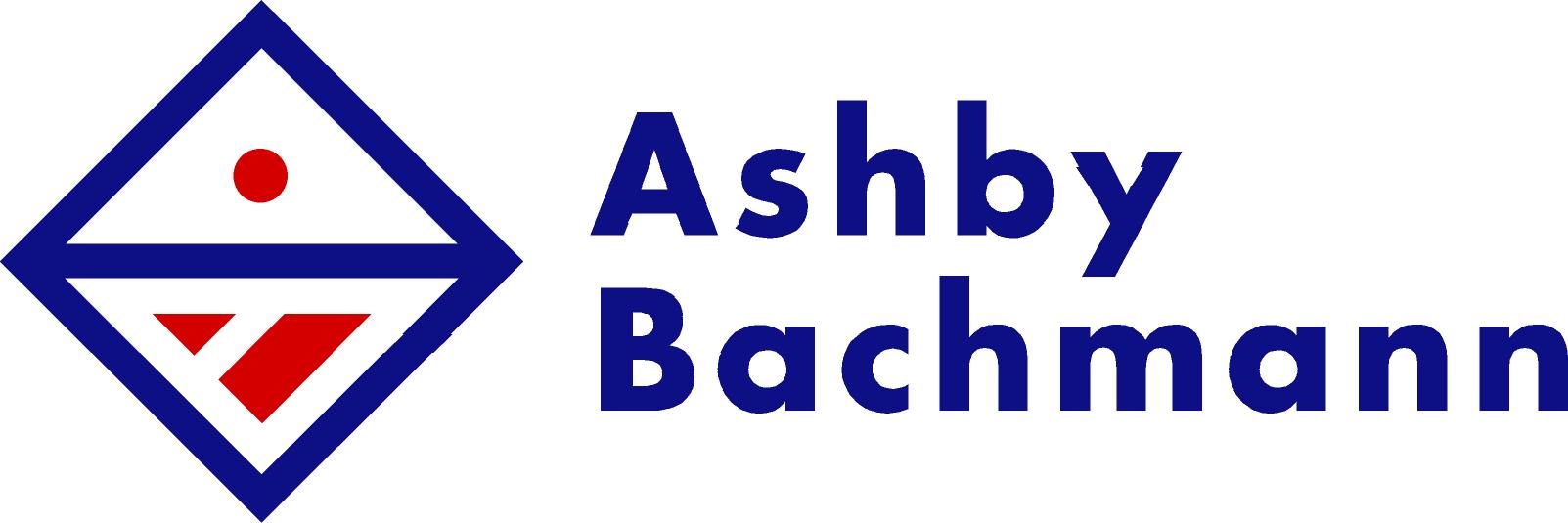Validate the revised plan and re-affirm Business commitment
Whether the business solution envisaged is to be developed in-house or via a third party, the process you have been through should have resulted in a revised plan, somewhat different from the original one evaluated in Step #3. If the plan is NOT different, you clearly do not need this checklist – you are blessed.
The new plan will have been developed with a lot of input from numerous sources: the users will have had a great deal of more detailed input about their requirements; the developers would have re-defined the technical requirements and challenges; and the change management team will have come to understand business and human challenges to get the job done.
But who developed the plan? If it is an internally coherent plan it was probably developed by a small body of people, more probably by one individual with some on-going oversight.
Step #7 is therefore, an opportunity for all those who provided input along the way to ensure that their views are fully and accurately reflected or acknowledged in the new plan.
This step is not just another delay in the process. It is another opportunity to ensure that all of the stakeholders in the project’s success are engaged, confident and marching in the same direction. As with the previous steps, it will require formalized meetings, workshops and presentations. It will consume valuable business time and resources, including yours.
It is possible that some input has been repudiated. This may be because it could not be addressed technically, or because it was considered outside of the scope of the project objectives. If so, there should be a clear understanding in the plan, or the revised Project Charter, stating why. If the plan includes a phase or step to re-evaluate the issue, the relevant stakeholder(s) should be comfortable with the deferment.
Any change in the Project Charter is likely to affect one or more stakeholders. It may exclude some previously involved in the process, or include others not previously considered. The revised plan should include specific activities to address the implications of these changes.
You should be confident that the fundamental business objectives of the project will still be met. You should also ensure that your management team is still solidly behind the project outcomes as reflected in the Charter and the Plan.
Your confidence should once again be demonstrated to the organization. This is another opportunity to declare and exemplify the importance of this investment to the enterprise, to its people and to all its stakeholders. It is a final opportunity, before the really hard work begins, to re-energize the resources, and overcome any remaining fears and doubts.
Perhaps most importantly and beneficially, this step provides you with the opportunity to reaffirm to the organization the rigorous infrastructure that continues to be in place to ensure project success.
